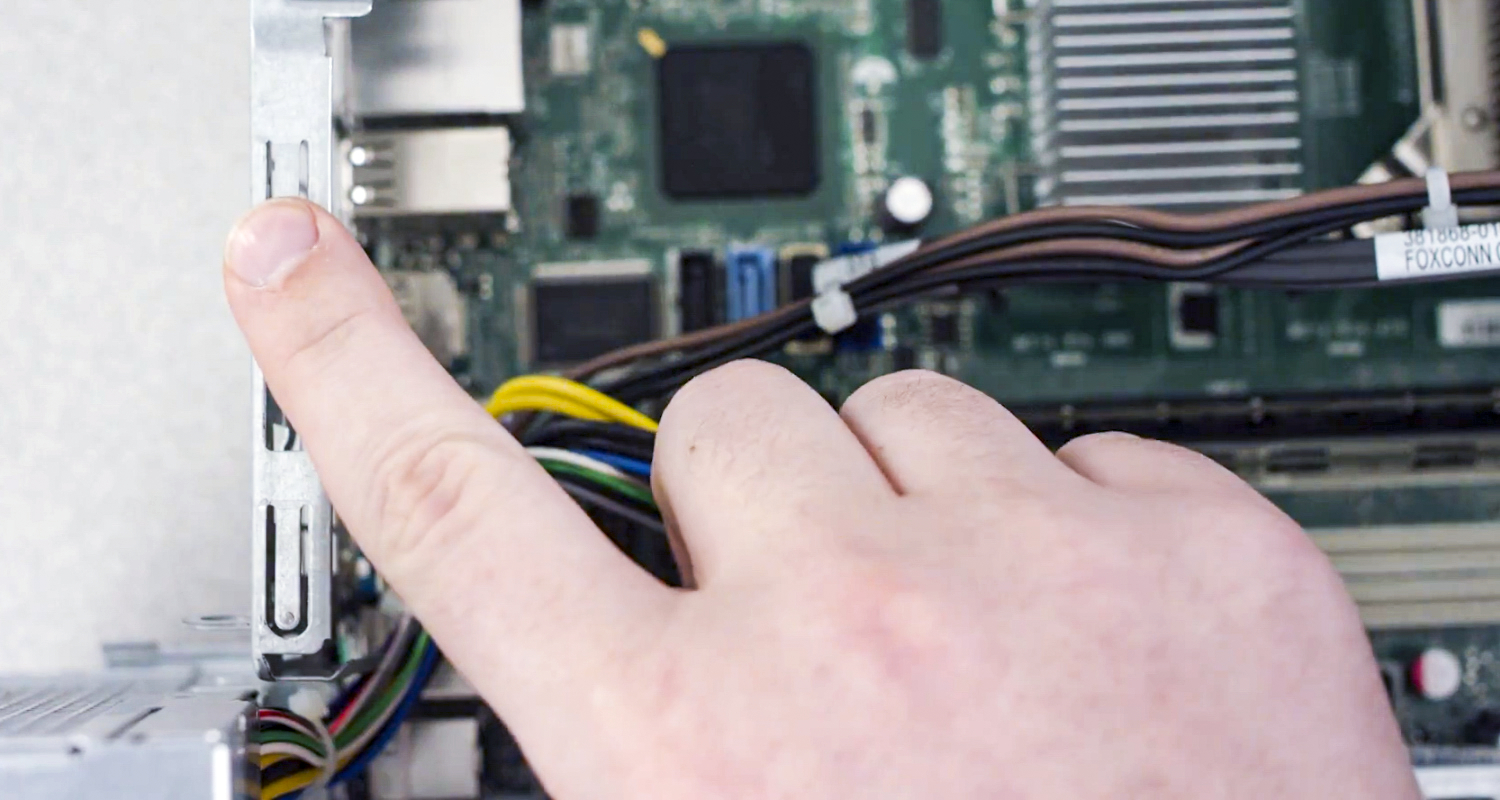Step-by-Step Guide to Installing RAM
With preparations out of the way, let’s get down to the nitty-gritty of installing your new RAM modules:
Step 1: Power Down and Open Your Computer
Shut down your computer, unplug all cables, and open the case. For laptops, this usually involves removing screws from the bottom panel. For desktops, you’ll typically need to remove the side panel.
Step 2: Ground Yourself
Static electricity can damage computer components. Use an anti-static wrist strap or touch a metal part of the computer’s case to ground yourself before handling the RAM modules.
Step 3: Locate the RAM Slots
Find the RAM slots on your motherboard. They are long, narrow slots with clips on either end. If you’re adding to existing RAM, note the configuration of the installed modules.
Step 4: Remove Old RAM (if necessary)
If you’re replacing existing modules, gently release the clips at the ends of the RAM slot and carefully pull the module out at a 45-degree angle.
Step 5: Install the New RAM Modules
Align the notch on the RAM module with the ridge in the slot. Firmly press the module into the slot until the clips click into place, securing the module. Ensure it’s seated properly and evenly.
Step 6: Close Up and Reconnect
Once all modules are securely installed, close up your computer case, reattach all cables, and power on your system.
Step 7: Verify the Upgrade
After booting up, verify that the system recognizes the new RAM. You can check this in the BIOS/UEFI settings or within your operating system’s system information.
Troubleshooting Common Installation Issues
If your system doesn’t recognize the new RAM or fails to boot, don’t panic. Here are some common issues and their solutions:
- Improperly Seated RAM: Re-open your computer and ensure that the RAM modules are fully inserted into their slots.
- Incompatible RAM: Double-check that the RAM type and speed match your motherboard’s specifications.
- BIOS Update: In some cases, a BIOS update may be necessary for the motherboard to recognize new memory modules.
Maximizing Your Upgrade: Best Practices
To get the most out of your RAM upgrade, consider the following best practices:
- Matched Pairs: Install RAM in matched pairs to take advantage of dual-channel or quad-channel modes, which can double or quadruple the memory bandwidth.
- Even Distribution: If you have more than one module, distribute them evenly across available memory channels for optimal performance.
- Future-Proofing: Consider buying slightly more RAM than you currently need to accommodate future software requirements.
FAQ Section
Can I mix RAM of different speeds?
While it’s technically possible, mixing RAM speeds can cause the system to run all modules at the speed of the slowest one, potentially leading to performance issues. It’s best to use modules of the same speed.
How do I know if my computer can support more RAM?
Check your motherboard’s specifications or use a system scanner tool from a reputable memory manufacturer to determine the maximum amount and type of RAM supported by your system.
Is it better to have more RAM sticks or fewer with higher capacity?
This depends on your motherboard’s capabilities and the number of available RAM slots. Generally, fewer high-capacity sticks allow for easier future upgrades, but using all available channels can offer better performance.
Will adding more RAM make my computer faster?
Adding more RAM can significantly improve performance if your computer is currently running out of memory. However, if you already have enough RAM for your usage, you may not notice a difference.
Can I install RAM while my computer is on?
No, you should always power down and unplug your computer before installing RAM to avoid damaging the components or risking electric shock.
Conclusion: A Worthwhile Upgrade
Upgrading your computer’s RAM is a straightforward process that can yield substantial benefits in performance. By following this guide, you can ensure a smooth installation and enjoy a faster, more responsive computing experience. Remember to handle components with care, verify compatibility before purchasing, and ground yourself to prevent static damage. With your new RAM installed, your computer will be better equipped to handle whatever tasks you throw at it.
References
For further reading and to ensure you’re getting the most accurate and up-to-date information, consider checking out the following resources:
- The official websites of RAM manufacturers like Kingston, Corsair, and Crucial often have tools to help you determine compatible memory upgrades for your specific system.
- Consult your motherboard’s user manual or the manufacturer’s website for detailed information on supported memory configurations and how to access the BIOS/UEFI settings.
- Online tech forums and communities can be a valuable source of information and support if you encounter issues during your upgrade process.






